NEW YORK—The months following the Sept. 11, 2001, terrorist attacks seemed a hopeless stretch for Lower Manhattan. Locals were moving out and businesses shuttered. Fears grew that as police resources were diverted to anti-terrorism tasks, crime would grow. The cobblestone streets were desolate and quiet. What seemed hopeless then is now a bright example of urban renewal: over the past decade Lower Manhattan has drawn more new residents than Atlanta, Dallas, and Philadelphia combined.
Mayor Michael Bloomberg walked an audience through the major points of achievement in the revitalization effort on Sept. 6 at a breakfast in Lower Manhattan sponsored by the Association for a Better New York.
“As we look back on the past decade, and as the picture of what has happened here comes into sharper focus, I believe the rebirth and revitalization of Lower Manhattan will be remembered as one of the greatest comeback stories in American history,” Bloomberg said.
The World Trade Center site was at the heart of the rebuilding effort. In the years following the 9/11 attacks, amid confusion, fear, and grief, plans for the future seemed uncertain.
When Bloomberg took over as chairman of the 9/11 Memorial Foundation in 2006, he set one goal: to open the memorial on the 10th anniversary of the attacks.
“We’re delivering on that commitment,” Bloomberg said.
The memorial is set to open for the first time on Sunday, Sept. 11, for the 10th anniversary to families and first responders. On Monday, Sept. 12, it will open to the public.
Rebuilding the rest of Lower Manhattan was just as ambitious an undertaking.
“Our goal was to turn a financial district that became a ghost town after 6 p.m. into a vibrant and dynamic 24/7 community,” Bloomberg said.
Attracting residents and businesses became a first priority. According to the mayor, over the past 10 years, the city invested over $260 million in park construction and expansion. Lower Manhattan is now home to one of the best waterfronts in the world. The latest addition to the waterfront is a park at Pier 25 on the Hudson River. The pier was used to ship debris off from ground zero. It is now open to residents and visitors and offers a volleyball court, a soccer field, and a mini-golf course.
Under the hood, the city invested heavily in infrastructure with $165 million in street reconstruction and $127 million on replacing 20 miles of water mains.
Top-tier schools were brought to the neighborhood, the newest opening this month in the new Frank Gehry building on Spruce Street. The building is the tallest residential building in the Western Hemisphere. Besides housing a school, it has space for nearby Downtown Hospital.
Downtown is now a magnet for new families and parents. Bloomberg referred to the neighborhood as the “diaper district.” Lower Manhattan residents are more likely to live with a spouse or child than a roommate, according to a report by the Downtown Alliance titled “State of Lower Manhattan 2011.” In addition, the study found that 40 percent of families without children are planning to have children in the coming years.
“We’re rebuilding what was lost, and that’s not just bricks and mortar,” stated Downtown Alliance President Elizabeth H. Berger in a press release. “Through this rebuilding process, Lower Manhattan has created a multidimensional community where families and parks can coexist with law firms and banks.”
Mayor Michael Bloomberg walked an audience through the major points of achievement in the revitalization effort on Sept. 6 at a breakfast in Lower Manhattan sponsored by the Association for a Better New York.
“As we look back on the past decade, and as the picture of what has happened here comes into sharper focus, I believe the rebirth and revitalization of Lower Manhattan will be remembered as one of the greatest comeback stories in American history,” Bloomberg said.
The World Trade Center site was at the heart of the rebuilding effort. In the years following the 9/11 attacks, amid confusion, fear, and grief, plans for the future seemed uncertain.
When Bloomberg took over as chairman of the 9/11 Memorial Foundation in 2006, he set one goal: to open the memorial on the 10th anniversary of the attacks.
“We’re delivering on that commitment,” Bloomberg said.
The memorial is set to open for the first time on Sunday, Sept. 11, for the 10th anniversary to families and first responders. On Monday, Sept. 12, it will open to the public.
Rebuilding the rest of Lower Manhattan was just as ambitious an undertaking.
“Our goal was to turn a financial district that became a ghost town after 6 p.m. into a vibrant and dynamic 24/7 community,” Bloomberg said.
Attracting residents and businesses became a first priority. According to the mayor, over the past 10 years, the city invested over $260 million in park construction and expansion. Lower Manhattan is now home to one of the best waterfronts in the world. The latest addition to the waterfront is a park at Pier 25 on the Hudson River. The pier was used to ship debris off from ground zero. It is now open to residents and visitors and offers a volleyball court, a soccer field, and a mini-golf course.
Under the hood, the city invested heavily in infrastructure with $165 million in street reconstruction and $127 million on replacing 20 miles of water mains.
Top-tier schools were brought to the neighborhood, the newest opening this month in the new Frank Gehry building on Spruce Street. The building is the tallest residential building in the Western Hemisphere. Besides housing a school, it has space for nearby Downtown Hospital.
Downtown is now a magnet for new families and parents. Bloomberg referred to the neighborhood as the “diaper district.” Lower Manhattan residents are more likely to live with a spouse or child than a roommate, according to a report by the Downtown Alliance titled “State of Lower Manhattan 2011.” In addition, the study found that 40 percent of families without children are planning to have children in the coming years.
“We’re rebuilding what was lost, and that’s not just bricks and mortar,” stated Downtown Alliance President Elizabeth H. Berger in a press release. “Through this rebuilding process, Lower Manhattan has created a multidimensional community where families and parks can coexist with law firms and banks.”
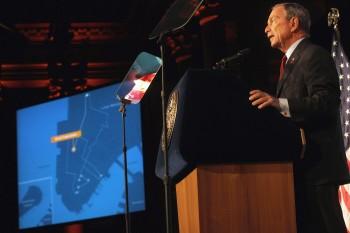

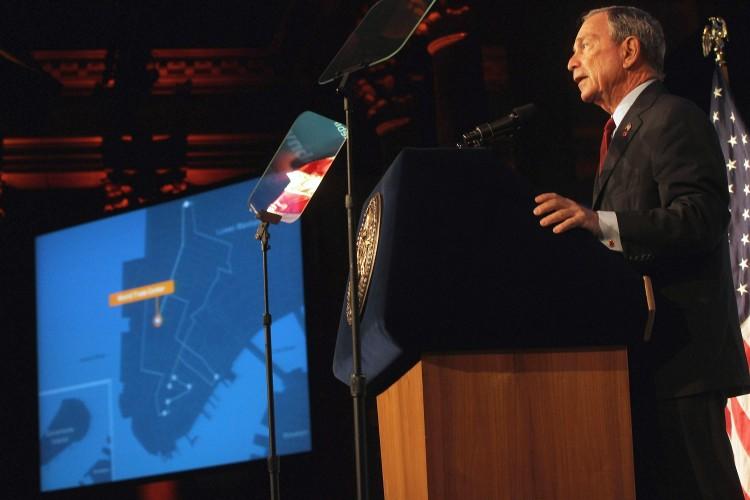
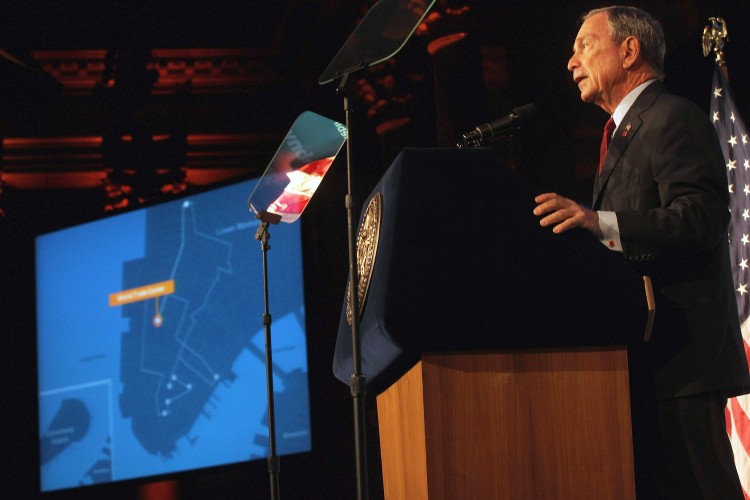
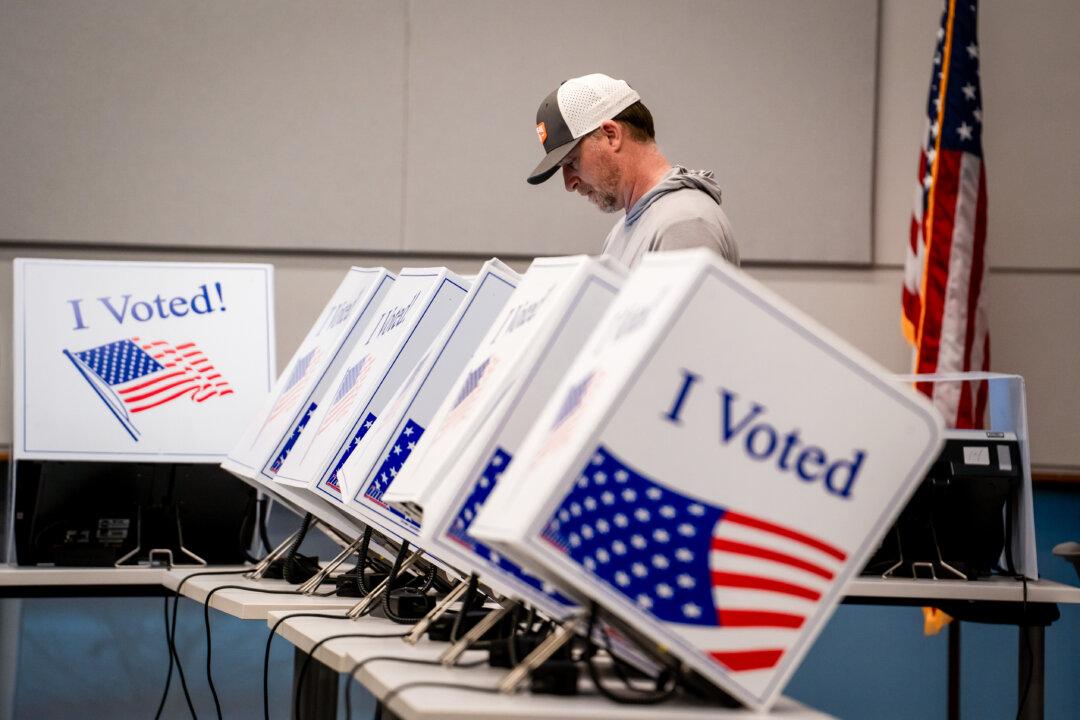
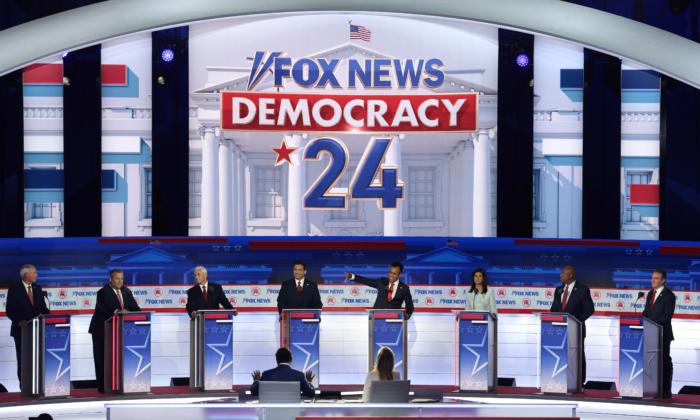


Friends Read Free